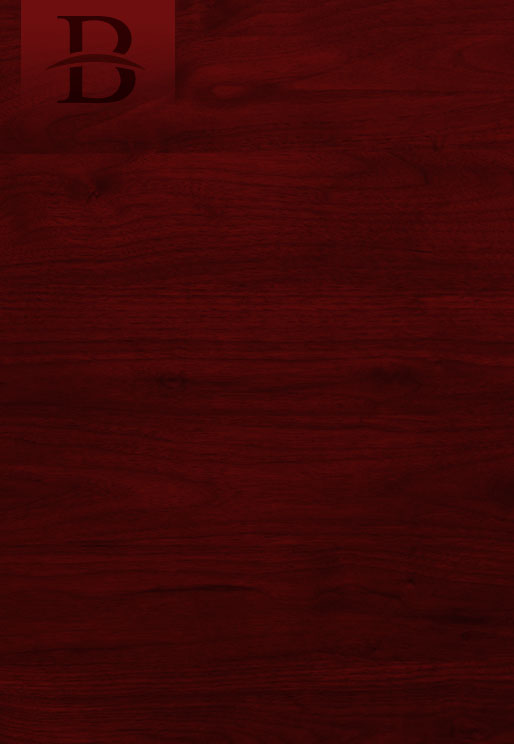As the only law firm practicing exclusively in bankruptcy in southern Minnesota, we’ve worked with many clients over the years at Behm Law Group, Ltd. Each of these clients had different financial circumstances, but they were all after the same goal of permanent debt relief and financial stability for themselves and their families. There are several types of debt that can be readily discharged in bankruptcy. However, the discharge of student loan debt is difficult. While student loan debt is largely excepted from discharge in the process, unless one can sue the student loan lender and show “undue hardship”, a new bill introduced in the United States House of Representatives may be a sign of changes in how student loan debts are treated in bankruptcy. If this new bill were to pass in the United States Senate and be signed into law by the President, filing for bankruptcy relief in Waseca, MN, and the surrounding communities may be a beneficial option to households with student loan debt.
In May 2019, the Student Borrower Bankruptcy Relief Act (SBBRA) was introduced in the United States House of Representatives. The SBBRA is “a bill to provide relief for student borrowers.” Essentially, this bill would remove restrictions from the bankruptcy code that have made it much more difficult to discharge student loans.
The current bankruptcy code requires filers to prove “undue hardship” in order to qualify for the discharge of student loans. Since the passage of the 2005 Bankruptcy Abuse Prevention and Consumer Protection Act (BAPCPA) amendments to the bankruptcy code, the discharge of student loan debt became even more difficult because the exception to discharge under 11 U.S.C. § 523(a)(8) was expanded to include both federally guaranteed student loans and student loans made by private parties. In order to prove undue hardship, one must actually sue a student loan lender in bankruptcy court. Commencing a lawsuit against a student loan lender is an expensive and protracted process. The costs associated with such a process can be $20,000 or more.
If the SBBRA bill is passed into law, the requirement of having to prove undue hardship in order to have student loan debt discharged will be removed. This bill is a result of growing momentum around student loan debt forgiveness in the past five years. Although many don’t expect this bill to be approved by the United States Senate if it is passed in the United States House of Representatives, it’s still a possibility at this point. If the bill passes, thousands of individuals with hundreds of thousands of student loan debts and accrued interest would have bankruptcy as an option to be permanently rid of such debts.
If the bill doesn’t pass, many believe it is still a sign of changes in how student loans are handled in the United States. Other signs, like the recent McDaniel v. Navient case where $200,000 in student loan debt was discharged, point to growing concerns that individuals will not be able to repay student debts. The 2020 election will most likely be the tipping point that determines whether beneficial changes to the bankruptcy code allowing the discharge of student loan debts will become reality.
Even though it is presently very difficult and very expensive to try and discharge student loan debts in bankruptcy, there are still many other debts that can be effectively eliminated in a Chapter 7 or Chapter 13 petition. To learn more about filing for bankruptcy relief in Waseca, MN, with the assistance of Behm Law Group Ltd. attorneys, contact us at (507) 387-7200 or email us at stephen@mankatobankruptcy.com.




